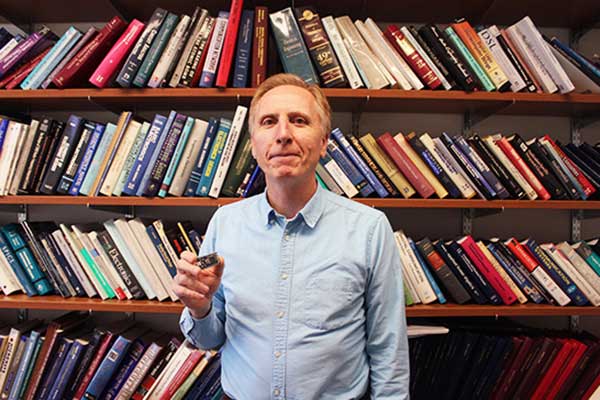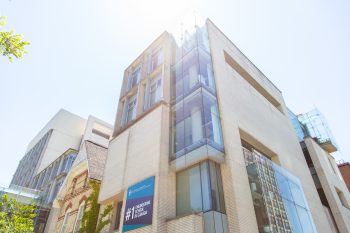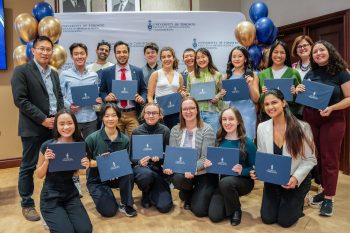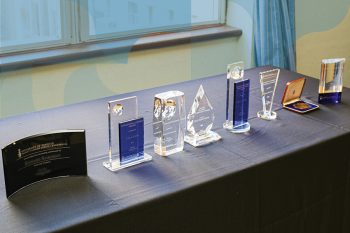Electrical and computer engineering professor David Johns (ECE) is taking a one-year leave of absence from teaching—but that doesn’t mean he’s stopped inspiring young people to become future engineers.
Johns just launched Icewire Makerspace, a midtown-Toronto facility that provides workshops and courses for youth ages 12 and older interested in electronics, robotics, 3D printing and microcontrollers.
“I wanted to help out the community,” said Johns, who hopes the initiative inspires young people to pursue science, technology, engineering and mathematics (STEM) at a post-secondary level.
Depending on the focus, by the end of a six-week course, members can create their own microcontroller that senses light and temperature, or a 3D-printed model, or even their own robot.
“You can give a student a computer and start teaching them programming, but I don’t think it’s as engaging as when you give them a robot,” he said. “If you put a kid on a computer to teach them programming, their first question is usually, ‘How do I make a game?’ Whereas, if you give them a robot, the question is, ‘How do I make it do something?’ It’s a whole different dynamic.”
Opened this past fall, the Icewire Makerspace is a passion project for Johns and his two sons (one of whom graduated from U of T’s computer science program). It’s part of a growing global trend of ‘makerspaces’—facilities that allow the local community to come together to learn and create, whether their interest be in STEM, entrepreneurship or sewing.
The makerspace movement began in the mid-2000s in Europe with just one or two maker facilities, said Johns, but today, “there are probably 2,000 to 3,000 makerspaces worldwide. It has exploded.” The movement has even caught the attention of the White House, which held its first Maker Faire in June.
“The reason why you didn’t see this 10 or 15 years ago is because the cost of something like a microcontroller board would cost you more than $150,” said Johns. “Now, it’s like $10. The cost of electronics has come down so much now that it’s accessible to everybody.”
With the price drop, Johns hopes this will bring change to Ontario’s science curriculum as well.
“Technology has really changed but I don’t think the school topics have really changed. It would have been expensive before, but now it’s not the case. You can put robotics and Arduinos (an open-source electronics platform to create interactive devices) into the classroom—all sorts of electronics—at a very low cost. How they’ll do that, and when, is the challenge.”
Johns is currently collaborating with the Engineering Outreach Office to offer the Faculty’s first community-based DEEP Summer Academy program at Icewire Makerspace, and he is also working with the Toronto District School Board to help provide professional development opportunities for its teachers.
“You don’t have to go out and buy a specific product, you can make one yourself,” he said. “It’s a whole new thing—as opposed to being a consumer, you can now be a creator.”



